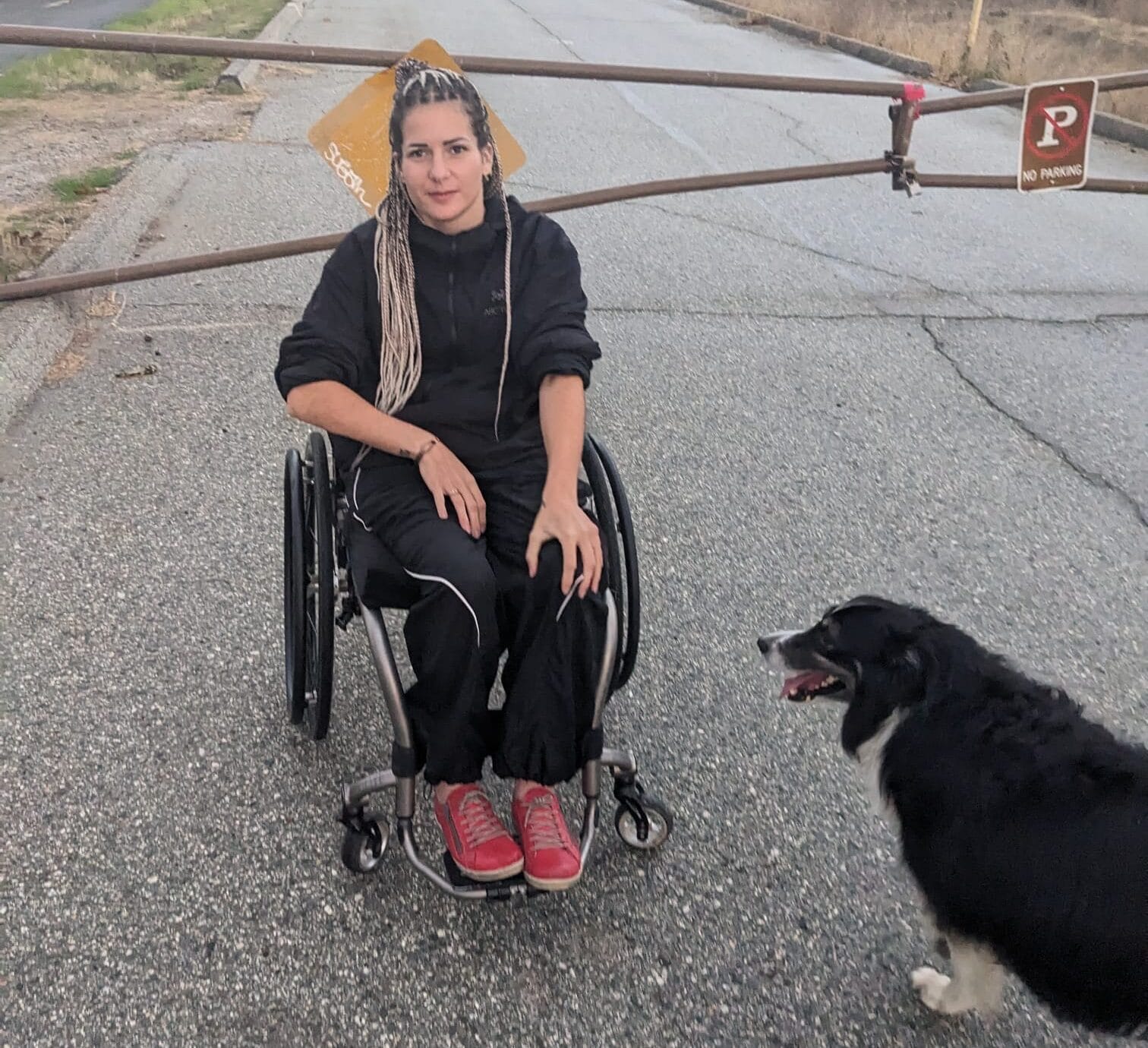Question:
What challenges can be expected for mothers with SCI who breastfeed? And what advice do you have to overcome these difficulties?
Answer:
For some insight, we reached out to Laura McCracken, Clinical Coordinator in Dr. Andrei Krassioukov’s ICORD lab, which is working with an international panel of experts to create clinical practice guidelines for breastfeeding after SCI. She coordinated this response from the research team.
Like all mothers, women with SCI may experience common breastfeeding challenges. Babies may have difficulty latching or feeding, and mothers may have inverted nipples, clogged ducts, breast inflammation, and overabundance of milk.
For mothers with SCI, however, there are often additional challenges.
How breastfeeding works
Flow of milk is controlled by your hormones and nervous system. When a baby suckles, sensory nerves send signals to the spinal cord, which relays them to the brain and hormonal glands, which release hormones which trigger milk flow. With SCI, this communication may be disrupted. Generally, if your level and severity of injury is higher, you may experience more difficulties. Based on Dr. Andrei Krassioukov’s team’s research, women with SCI at or above T6 have been found to breastfeed for 3.3 months on average, compared to 6.5 months for women with SCI below T6. Women with complete injuries at or above T5 may produce little to no milk.
There are medicines and supplements that may help with milk production and ejection. Be aware that some of these are considered “off-label”, have mixed results, and lack evidence for their safety and effectiveness. It’s advised that you work with your doctor and partners in care to use all non-pharmacological options first.

Trunk stability and transfer tips
Mobility is another common challenge. Transfers and bed mobility can become increasingly difficult during pregnancy due to weight gain, increased spasms, decreased ability to shift weight forward during transfers, altered centre of gravity, and fatigue. After baby arrives, transfers may be challenging as you heal. The number of transfers required will likely increase after the baby is born. Additional trunk support to increase stability while lifting and holding the baby in a breastfeeding position may be helpful.
Adjusting the seat slope or backrest angle can change the centre of gravity and improve stability. A backrest with deeper lateral trunk support may also add stability. Women with high thoracic or cervical injuries and poor hand/arm functions also may experience difficulty positioning baby during breastfeeding and may need to try different positions, such as sitting up in bed with pillows or sitting in their wheelchair with a breastfeeding pillow to provide support, enhance balance and decrease infant spit-up. The most preferred positions for women with SCI include reclined position, football hold, cradle hold, cross cradle hold, and side-lying position.

Other ideas to help support baby
There are aids that might help. Dolls that mimic the weight and muscle tone of baby can be used to practice different techniques to find what works best without fear of safety risk to an actual baby. Wedges can provide support for sitting upright in bed (providing support for the back, belly or baby), or be used as a leg support to reduce spasms and improve blood pressure. Carriers (harnesses, wraps, ring slings) may also be useful in positioning baby when bottle-feeding and keeping baby upright after a feed to reduce spit-up/reflux. Breastfeeding pillows can also provide support.
Setting out strategies with your partner and your care provider
Then there’s the issue of AD, or autonomic dysreflexia. Breastfeeding, clogged ducts, and breast inflammation may trigger AD in women with SCI at or above T6. If you experience symptoms of AD, you should stop breastfeeding, and wait until symptoms subside and blood pressure goes down close to normal before you resume.
Women with SCI should talk to their doctor and partners in care early on to discuss potential breastfeeding barriers, supports/aids, and goals, and come up with a plan. This plan might include strategies such as attempting breastfeeding early after baby is born in order to maximize the baby’s ability to latch and suckle, providing safe skin-to-skin contact, and learning what cues to watch for to determine if your baby has a good latch and is feeding well. Your doctor may suggest hand expression or a breast pump if baby has a hard time latching and sucking effectively. Continued self-evaluation and ongoing consultation with a lactation consultant or experienced community health nurse can help you reach your breastfeeding goals.
ICORD team working on creating clinical guidelines for moms with SCI
While not a replacement for consulting directly with your healthcare team, more information is emerging online. With the support of the Craig H. Neilson Foundation, Dr. Krassioukov and fellow ICORD researchers Dr. Stacy Elliott and Dr. Janice Eng are working with an international panel of breastfeeding and SCI experts (including mothers with SCI) to create clinical practice guidelines and consumer guidelines for breastfeeding for mothers with SCI.
As part of this project, five excellent clinician and consumer resource videos were recently created in partnership with SCIRE (SCIRE is the Spinal Cord Injury Research Evidence project), mothers with SCI, and clinical experts. Three of the videos feature personal stories of SCI BC peers and expert advice. The fourth deals with complications, and the fifth and final video provides an introduction to assistive aids.
Other resources:
18 things I wish I knew before I got pregnant
SCI BC’s SCI Pregnancy Guide
Videos from SCIRE featuring peer stories about breastfeeding
This Spin Doctor article was featured in The Spin Winter 2021
Have a question of your own? Email thespin@sci-bc.ca to be featured!



